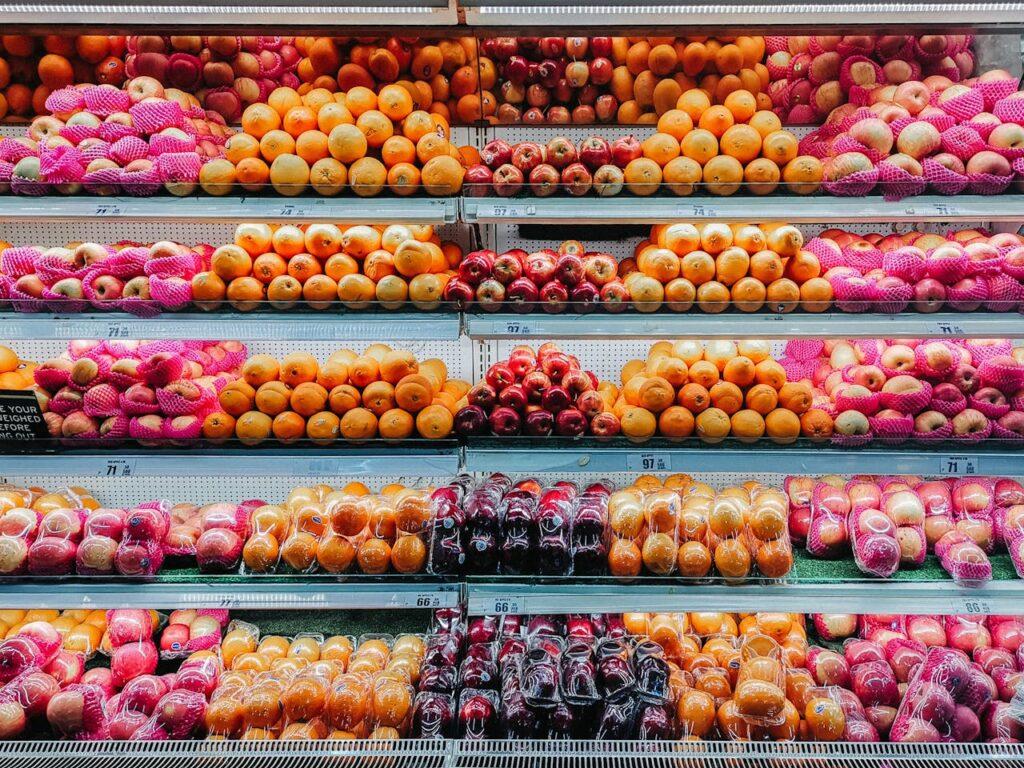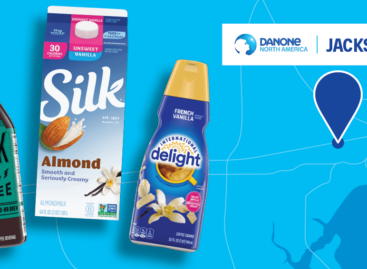FMI: 57% of shoppers purchase produce from mass retailers, supercenters
While traditional grocery stores are still consumers’ top places to buy produce, low-price format retailers are making significant gains in the category.

Where consumers purchase produce has shifted to favor formats with “everyday low-price positioning” as shoppers struggle with reduced spending power, according to FMI’s latest Power of Produce report.
Shoppers purchase produce at an average of two to three different store channels, underscoring the “fractured nature of the fresh produce dollar,” FMI noted in its report.
While supermarkets have the largest share of consumers’ produce spending, they’ve lost $1.5 billion in sales in the category from 2020 to 2023. During this same time period, mass retailers and supercenters as well as club retailers saw an uptick in dollar sales, according to Circana data cited by FMI.
The percentage of surveyed shoppers who say they’re shopping for fresh produce online dropped to 37% in 2024 after spiking to 64% in 2020 and then holding steady at 46% in 2022 and 2023, according to FMI.
Current online shoppers are “quite devoted” to buying online, with 78% saying they will continue to shop this way, FMI noted. The trade association added that high-income shoppers are the most likely consumers to purchase groceries online and have a higher consumption frequency of fresh fruits and vegetables.
Regardless of the channel consumers buy produce from, the category’s value is based on ripeness and appearance as much as it is on price. With more than 97% of produce sales happening in-store, FMI encourages retailers to highlight locally grown items, seasonal produce, sampling and availability of bulk selections.
Grocery Dive
Related news
Danone spends $65M to increase coffee and creamer production
The International Delight and STōK Cold Brew Coffee maker is…
Read more >Oatly’s new strategy for boosting demand for plant-based milk in the US
Oatly plans to give new impetus to the plant-based milk…
Read more >Soccer star David Beckham launches honey-based fruit snacks brand
Beeup gives consumers a natural energy boost free from GMOs…
Read more >Related news
Temu has already targeted the European food market
The Chinese-rooted Temu is posing an increasingly serious threat to…
Read more >Irrigation water resources equivalent to one-third of Lake Balaton are available
Despite the extraordinary drought and lack of precipitation, we can…
Read more >Free irrigation water provided to farmers is a key element in the fight against drought
Free irrigation water provided to farmers is a key element…
Read more >






